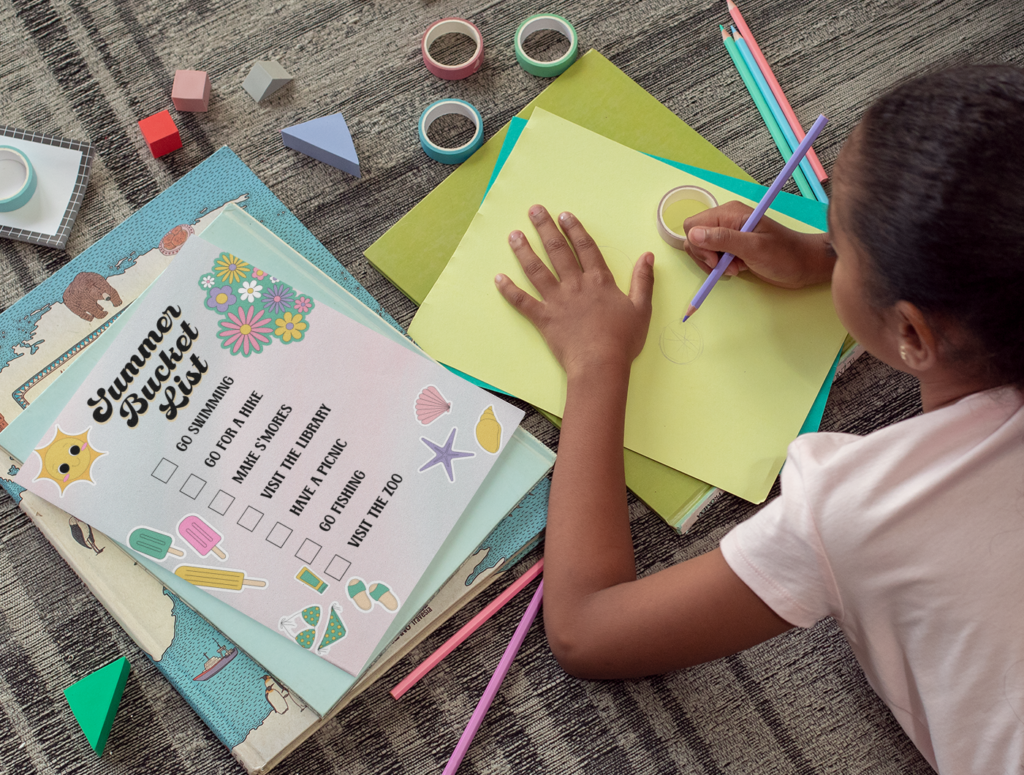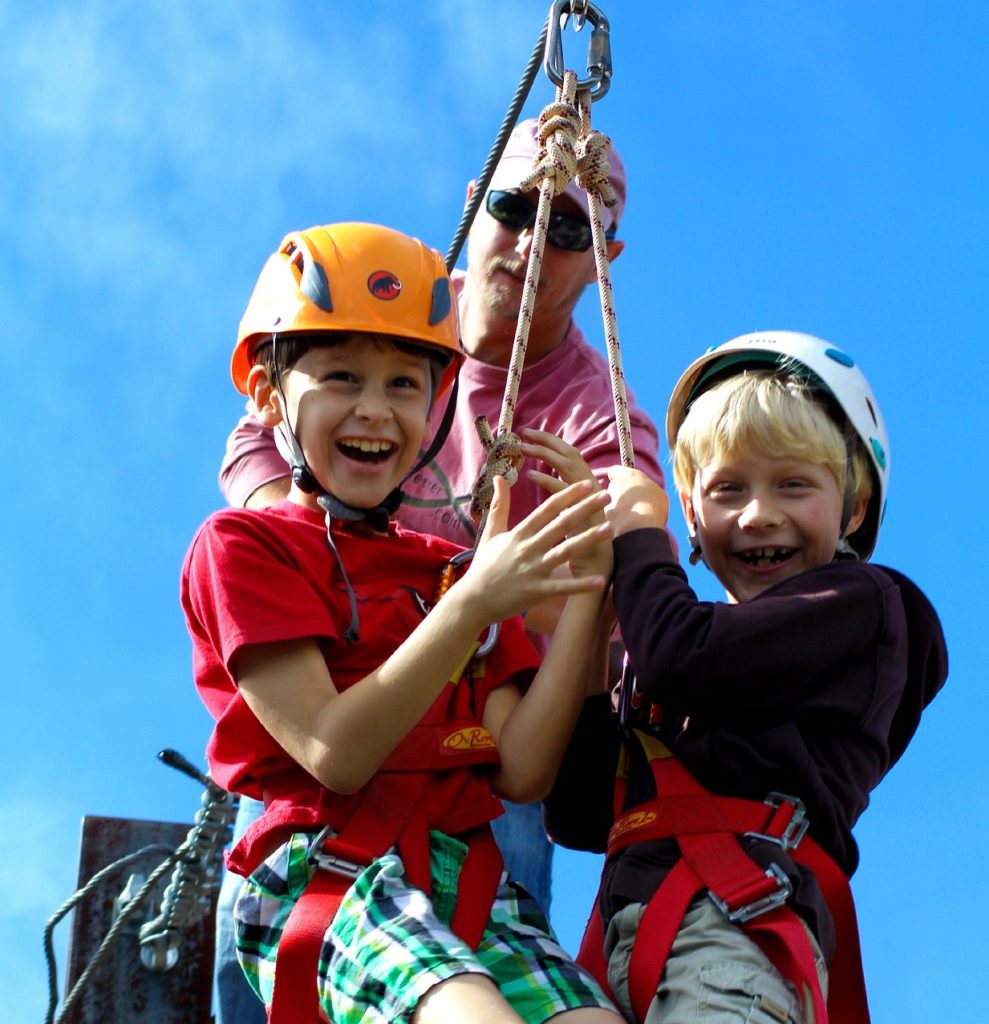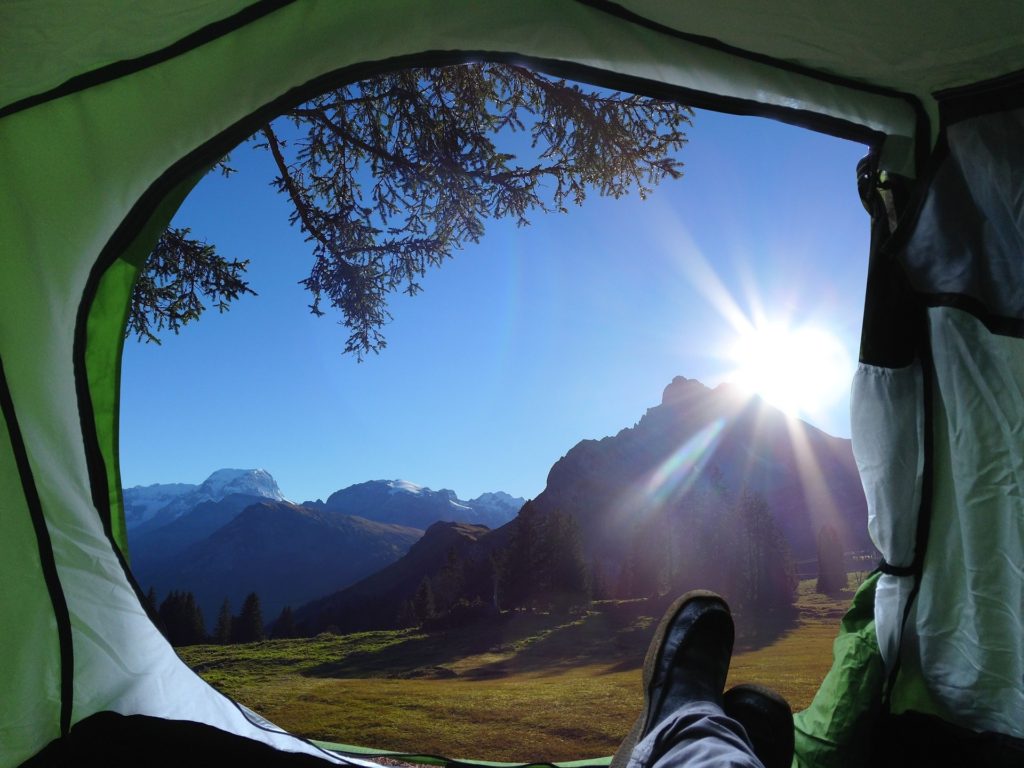This post may contain compensated links. Find more info in my disclaimer.


1. Make a bucket list
By establishing a list of items to check off, the guess work and planning is done ahead of time. Make the bucket list itself a coloring activity like this.

2. Look up local events
Search newspapers and local social media sites for a list of local events to attend over the summer. From specials at local attractions to special events, there’s sure to be something for the whole family.

3. Summer camps
Sign up for daily or weekly summer camps in the area. Not only does this give the kiddos a change of scenery and friends to play with, but you get a break to clean the house..or nap. Your choice.

4. take at least one trip
You do not have to travel far or do anything extravagant, but at least one weekend getaway (or longer) will give everyone a change of scenery and hit the reset button. Plan ahead of time hassle free with this Mobile Travel Planner.

5. Go Camping
Reconnect with the great outdoors! Grab the fishing poles, tent, sleeping bags, and camping gear. Nothing does the body good like fresh air and a break from the daily hustle and bustle.

6. Go for a nature scavenger hunt
Get outside and enjoy a nice nature walk. You can even make an activity out of it by doing a nature scavenger hunt bingo card game like this.

7. Plant a garden
Whether you plant a simple flower garden or an elaborate vegetable garden, not only does this get the kids outside, but it’s also educational!
Not in a climate suitable for an outdoor garden or just not an outdoorsy person? Not a problem! Try this indoor garden kit.

8. Go to a fair or festival
Summertime is the best time for many fairs and festivals. Pick a local one, or even find one in a different state to try at least once over the summer.

9. Get crafty
Spend the day getting messy and releasing your inner artiste. From a paint water balloon fight to painting rocks, the kids will love the messy play time.

10. Visit a local Museum or historic site
Just because school is not in session does not mean the learning has to stop. Teach the kids about local history by visiting a local museum or historic home and learning the story behind it. Encourage them to write about it in a journal or make a scrapbook about their local community.
